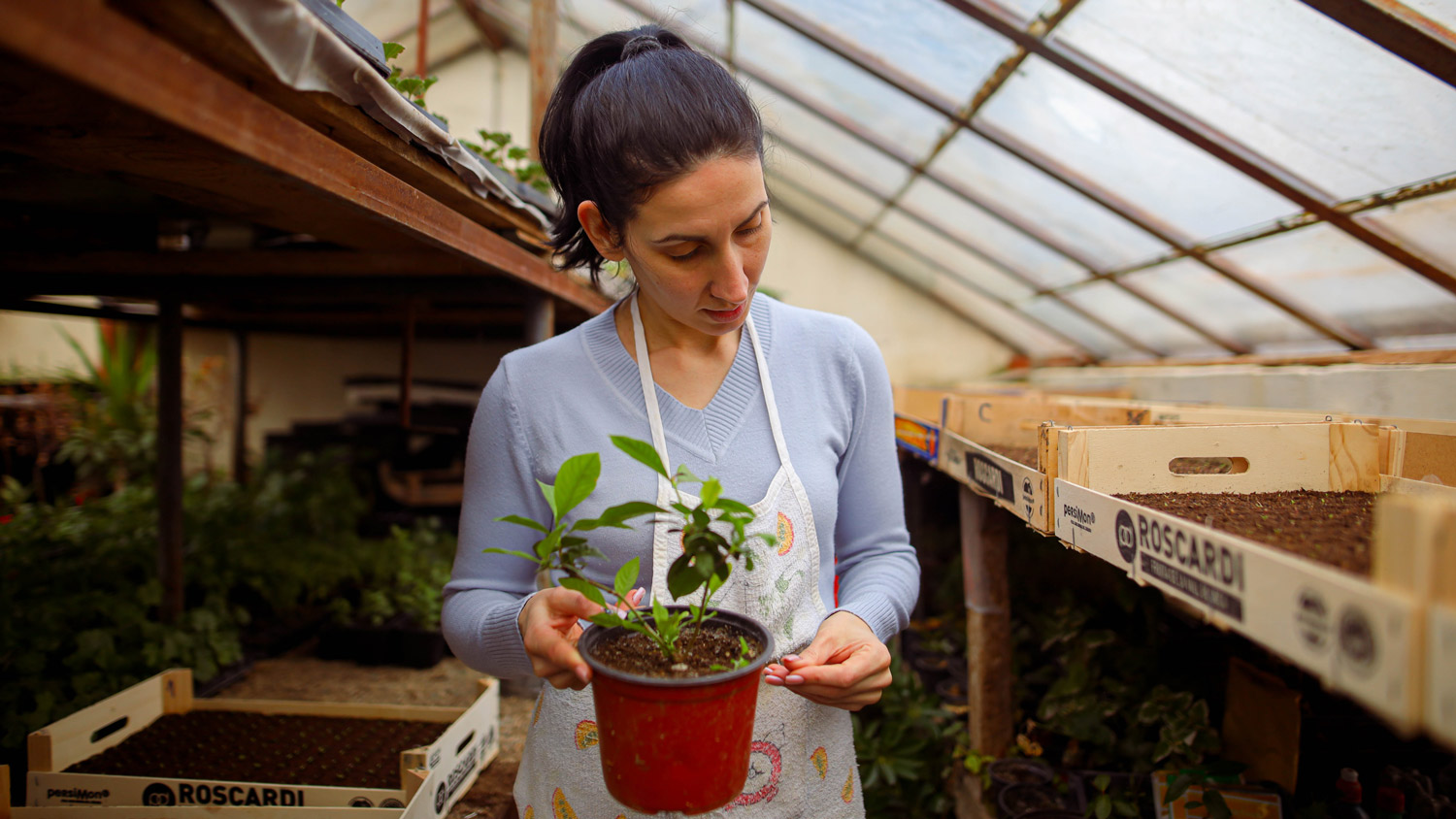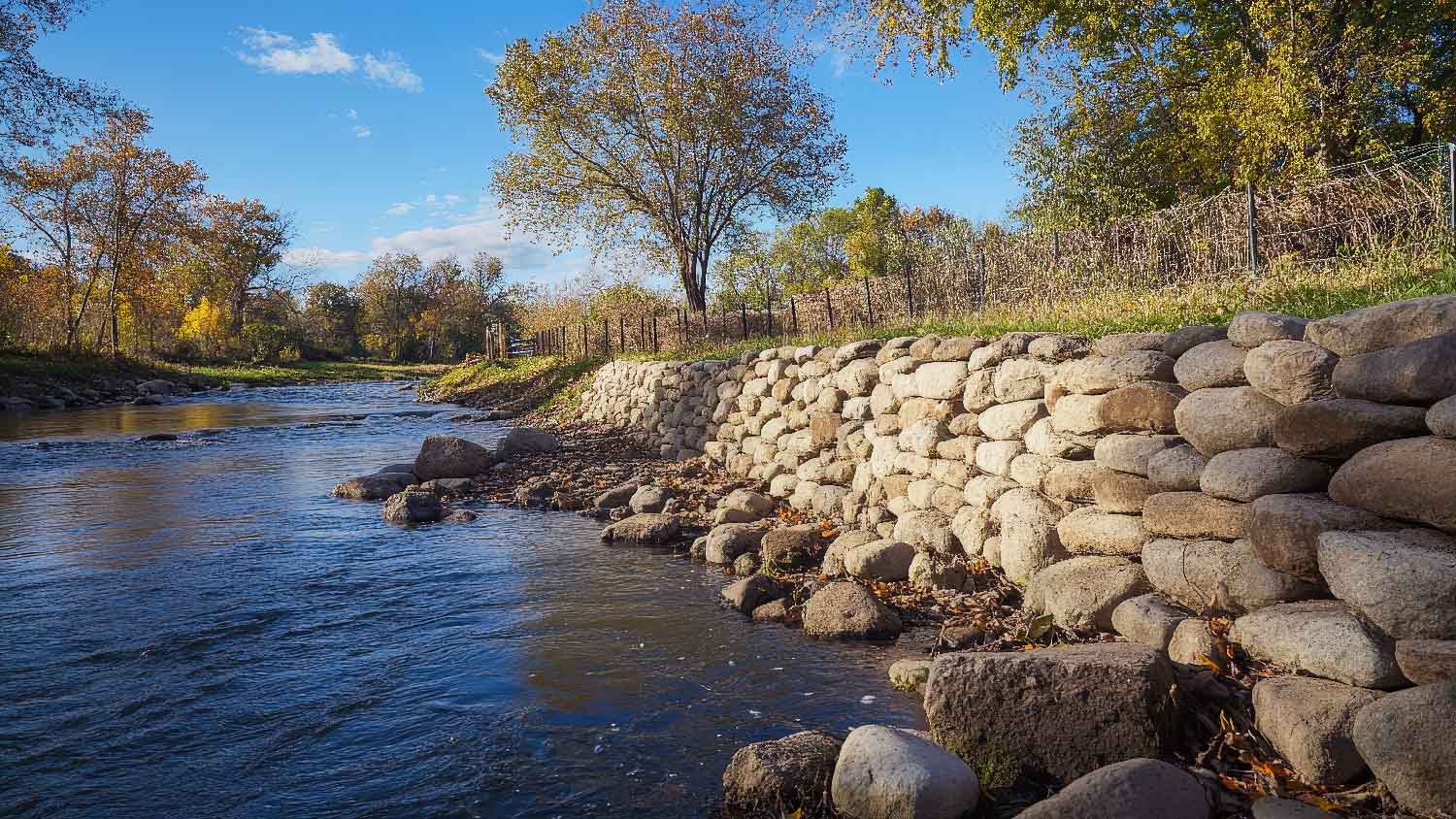
Leveling your yard can help with drainage and prevent damage to your home. Learn the cost to level a yard and what factors can affect the price.
Transform your home to enjoy healthy plants, extra space, and lower bills


An attached greenhouse can help you save money on heating bills and create an additional living space.
There are both benefits and drawbacks of an attached greenhouse over a freestanding one.
Attached greenhouses are versatile and can be customized to your needs and design wishes.
An attached greenhouse is a popular home addition idea for those who want to combine the benefits of gardening with their existing living space. It serves as an extension of the house, providing an enclosed area where plants can thrive while also offering additional living space. Let’s explore the benefits and drawbacks of an attached greenhouse and what features you can enjoy with this unique addition to your house.
While the terms "greenhouse," "sunroom," and "solarium" are often used interchangeably, there are some distinctions between them.
A greenhouse is primarily designed for the cultivation of plants, providing optimal growing conditions, such as controlled temperature, humidity, and lighting.
Solariums and sunrooms, on the other hand, are more focused on providing additional living space and maximizing natural light. While they can still house plants, their primary function is to create a comfortable space for relaxation or entertaining.
An attached greenhouse combines the features of a greenhouse and a sunroom, serving both purposes simultaneously.

An attached greenhouse isn’t the only type of greenhouse. Another popular design is a freestanding greenhouse. However, when this space is connected to the house, it offers some unique benefits.
One of the biggest benefits of an attached greenhouse is the potential for passive solar heating. The greenhouse structure captures and stores solar energy. This extra heat can help reduce heating costs during colder months, as the greenhouse acts as a buffer zone that absorbs and radiates warmth. By harnessing the sun's energy, you can enjoy a cozy and energy-efficient living space.
In arid or dry regions, an attached greenhouse can help combat low humidity levels in the house. The plants inside the greenhouse release moisture through transpiration, increasing the overall humidity in the attached space. This can be especially beneficial during winter months when heating systems tend to dry out the air.
An attached greenhouse offers a ton of versatility. Here are a few ways you can use one in your home:
Traditional greenhouse for cultivating plants, flowers, and vegetables
Off-season gardening
Home for exotic or sensitive plants
Additional living space (sitting room, home office, playroom, etc.)
Compared to freestanding greenhouses, attached greenhouses are generally easier and more cost-effective to build. Since they use existing house walls, only three sides typically need to be constructed. This simplifies the building process and reduces material and labor costs.
Additionally, the shared utilities between the house and the attached greenhouse can further reduce expenses, as there is no need for separate water, electrical, or heating systems.
Any square footage added to your home’s structure is a valuable feature. Like other additions, an attached greenhouse can significantly enhance the market value of a home. It adds a unique and appealing feature that plant enthusiasts, gardeners, and even those seeking additional living space will love. The versatility and functionality of an attached greenhouse can make a property more attractive to potential buyers and may contribute to a higher resale value.

Of course, while this type of addition to your home has a variety of benefits, an attached greenhouse does come with some drawbacks. It’s important to consider certain factors before attaching a greenhouse to your house. For example, you’ll want to consider your intended use of the greenhouse and your budget for the renovation project.
One of the drawbacks of an attached greenhouse is that it receives less direct sunlight compared to a freestanding greenhouse. The connection to the house limits the available space for positioning the greenhouse, and nearby structures or trees can cast shadows, reducing the amount of sunlight reaching the space. This limitation may require careful plant selection and additional artificial lighting to ensure optimal growth.
The size of an attached greenhouse depends almost entirely on the available space on the house's exterior. Depending on the property layout and local building regulations, there may be restrictions on how large the greenhouse addition can be. This limitation can impact your intended use of the space and the types and quantities of plants that can be grown.
While attached greenhouses are generally more cost-effective to build, there may be additional expenses associated with permits and foundation requirements. Depending on local regulations and building codes, obtaining permits for the construction of an attached greenhouse might be necessary.
Moreover, if the existing house foundation cannot support the weight of the addition, structural modifications or a separate foundation may be required, adding to the overall cost of the sunroom or greenhouse project.
Customizability is an incredible benefit of a greenhouse addition to your house. Attached greenhouses can be equipped with various features to enhance their functionality and aesthetics. These features can be customized based on individual preferences, intended use of the greenhouse, and budget considerations.
Some common features include:
Ventilation systems: To regulate temperature and airflow, ventilation systems such as vents, windows, or exhaust fans can be installed.
Insulation: Adding insulation to the greenhouse structure helps maintain a consistent temperature and reduces energy loss.
Shelving and storage: Including shelves, benches, or hanging systems allows for efficient use of space and organization of plants and gardening supplies.
Watering systems: Automatic watering systems or drip irrigation can simplify plant care and ensure proper hydration.
Lighting: Supplemental lighting, such as LED grow lights, can compensate for limited natural light and promote plant growth in darker areas of the greenhouse.
Flooring: Choosing appropriate flooring materials, such as concrete, tiles, or gravel, provides a clean and durable surface for walking and plant placement.
Deciding whether to undertake a DIY project or hire a professional for a greenhouse addition depends on several factors. DIY projects can offer cost savings, personal satisfaction, and the ability to tailor the design to specific needs. However, they require a certain level of construction knowledge, time, and effort.
Hiring a local professional greenhouse contractor ensures expertise, proper permits, adherence to building codes, and potentially quicker completion. It’s incredibly important to evaluate your personal skill level, the project’s complexity, your available time, and your budget constraints when making this decision.
From average costs to expert advice, get all the answers you need to get your job done.

Leveling your yard can help with drainage and prevent damage to your home. Learn the cost to level a yard and what factors can affect the price.

From your flower beds to your walkway, river rocks make a classic addition to your landscape. Learn about the cost to install river rock to set a proper budget.

Leveling your yard can help with drainage and prevent damage to your home. Learn the cost to level a yard in Columbus, OH, and what factors can affect the price.

Looking to build flood and erosion resilience on your land? Review this guide for riprap costs that will stabilize your shorefront property.

Landscaping costs can quickly get out of hand. Here’s what you can expect to tackle with a $5,000 landscaping budget to revamp your home’s exterior.

Digging up a bush can be difficult, and trimming it down won’t prevent it from coming back. So, what kills bushes instantly? Find out more.